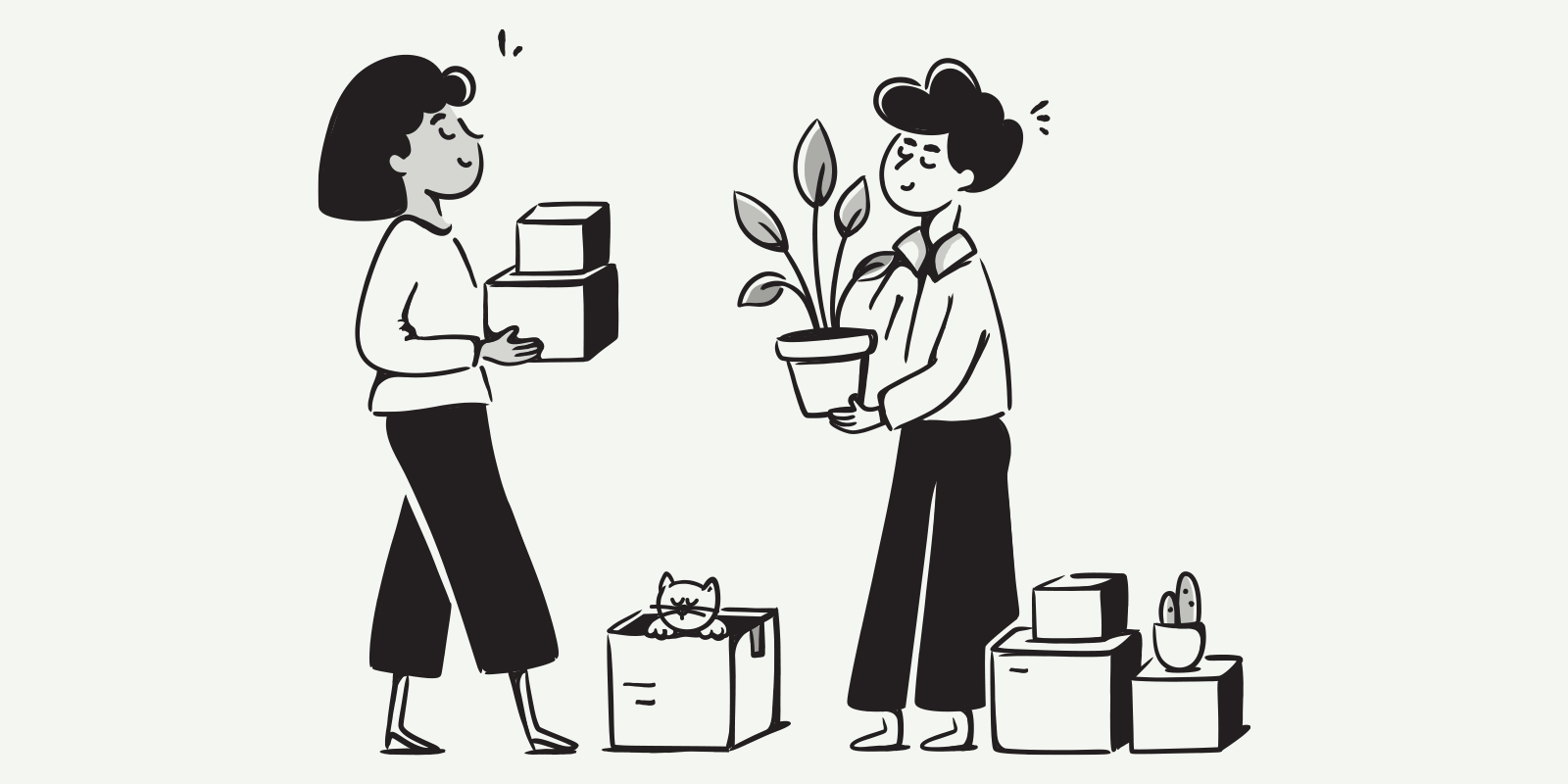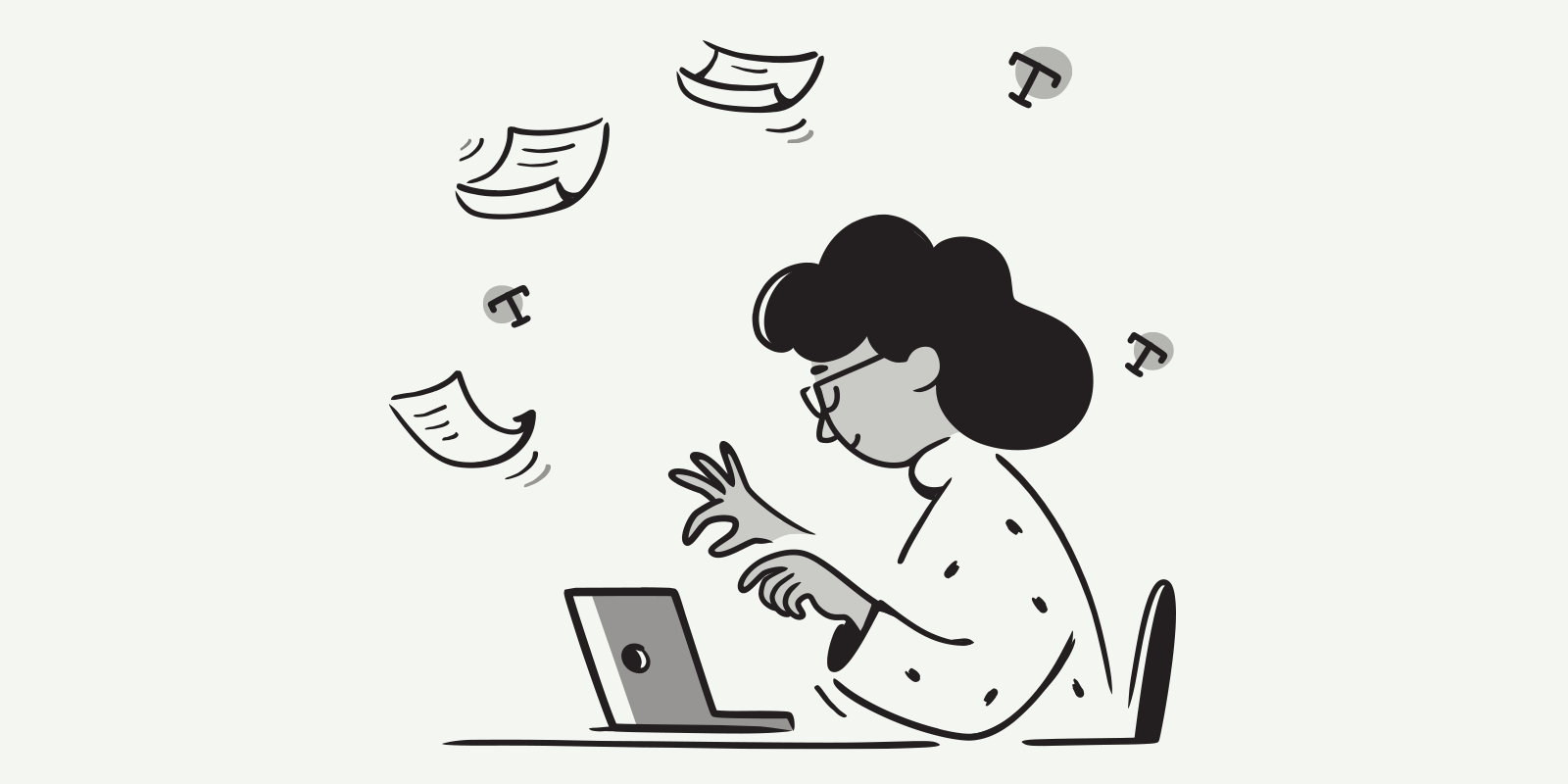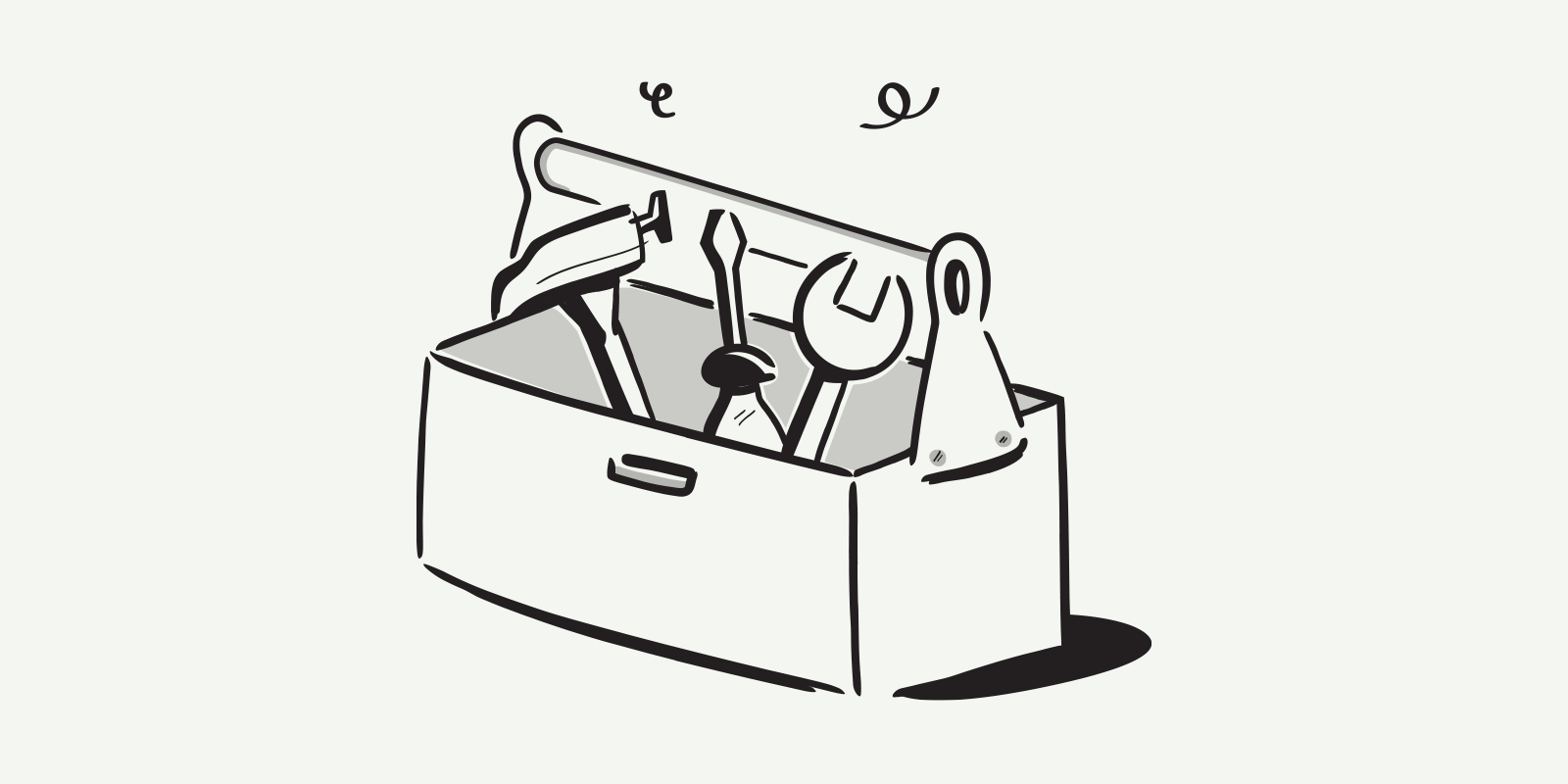Let Your Rental Property: Furnished or Unfurnished

Having bought your new rental home, there can be the desire to furnish it to a boutique hotel standard before renting it out. Similarly, suppose you are on a budget and have already invested heavily in fixing other areas of the house. In that case, it may seem just as an attractive option to rent the property looking clean and spacious and completely unfurnished.
So how do you decide which is the best option? In this short guide, we look at each option’s pros and cons so you can better make that decision.
What is unfurnished?
First of all, before we look at each choice’s up and downsides, we need to better define what is furnished and what is unfurnished. There is also the middle ground of part-furnished. So let’s dive in.
An unfurnished property has carpets, flooring, a bathroom and a fitted kitchen. Some landlords include a fully fitted kitchen as unfurnished, consisting of an oven and washing machine or dishwasher. You may, however, leave a space for the oven and washing machine. However, that is a bit basic, and if you leave a space for a free-standing oven, it’s not as aesthetically pleasing as having an integrated cooker and hob. If you’re on a tight budget, you are not required to fit the oven and washing machine, but it may put some tenants off.
What is part-furnished?
Part furnished has the bathroom and kitchen, and in addition has a few items that a tenant would need, such as a sofa and a dining table and maybe one bed in one of the bedrooms. You might choose this option if you have several properties and happen to have some furniture spare from a pool of furniture you use for all your collective properties.
What is fully furnished?
Fully furnished has everything a tenant would need to move in. It has enough sofas and armchairs to seat as many people as are living there. And beds in all the bedrooms. There are also wardrobes in the bedrooms with possibly bedside tables and cabinets for clothes.
There may be bookshelves and a coffee table. In addition to having an oven, the kitchen will also have white goods, including a fridge, freezer, microwave, and kettle. You can again go one step further by including pots, pans, crockery and utensils. You may also choose to add bedding to the bedrooms so that a tenant can literally move in with just a suitcase of clothes.
Pros of unfurnished
Cheaper and quicker
If you are looking for a fast and cheaper turnaround for renting out your property, your rental home will look spacious and attractive without furniture. If you choose to furnish the property, you are also going to have a higher insurance bill to cover the contents and the buildings.
Attracts Longer Staying Tenants
Tenants that move into an unfurnished property often stay longer, so it’s worth considering this before you go to great lengths to furnish the property. You need to consider who you are renting to before you go ahead and furnish the property.
Less red tape
Without furnishings, there’s no need to go to tap out inventories and go to the effort of having appliances tested.
Less tax
If the property is unoccupied for any length of time, then an unfurnished property is eligible for a 100% council tax discount. In contrast, if you have furnished it, you will still be liable to pay for half the council tax.
Cons of unfurnished
Lower rent
The primary consideration for leaving the property unfurnished is that you will never achieve the top rental value you could. You might spend maybe £100,000 to achieve a monthly rental of £500. Yet by spending just a few thousand more on furnishing, you could easily add another £100 to this rental figure, which is why many landlords choose to furnish the property.
Pros of fully furnished
Attractive to all sectors
If you have picked yourself up an inexpensive property in the city where students tend to live, this will very much dictate the sector to whom you are renting. Students and young professionals have rarely had the time and money to start accruing furniture, so you will need to fully furnish the property if you will stand a good chance of renting it out to this sector.
However, for many landlords, they can well do without these kinds of tenants, so it just depends on what your market is.
Higher rents
It stands to reason that if you are furnishing a property, you can achieve a higher rental. You are, after all, then hiring out your furniture and appliances as well as your property. You can choose to furnish it basically with a frugal shop at IKEA. Or if you have a large property in a nice area of town, you may want to furnish the property well to achieve the highest rent possible.
Air BnB
If your property is furnished to boutique hotel standards, then you could consider renting on Air BnB. While this can be somewhat stressful as you are looking at only short periods of renting, you will achieve an extremely high rental price per night or week. This means you can probably achieve as much rent in one week as you would in one month.
Therefore, your property is going to suffer far less wear and tear. It does, of course, take a lot more work as each time you have a new occupant, you will need to clean the property immaculately and provide fresh linen. However, if you hate the idea of your property being damaged by long-term tenants, then this could be the option for you.
Cons of fully furnished
Cost
It’s going to cost you to furnish a property, and so you’ll need to budget a substantial amount for beds, wardrobes, sofas, and tables.
Damage, wear & tear, and upkeep
When it comes to damage and wear and tear, there’s a limit to how long furniture lasts. Your carefully chosen sofa you have at home might last you ten years. But a cheaper sofa in a rental property is likely to start looking a bit misshapen and grubby after around three to five years.
Similarly, cheaper white goods such as microwaves, kettles, and toasters are likely to conk out after a few years. And that’s all things you’ll need to replace. If you’re the one who provided the washing machine, then it’s’ you who will get a call when it’s stopped working and flooded the kitchen.
Records
Of course, you can offset these costs and have some of them written off as tax-deductible. That means if you received twelve thousand in rental income and spent two thousand on replacing broken furniture, then you would only need to pay tax on ten thousand pounds. However, you still need to charge for wear and tear as part of the rent; this is not tax-deductible and can’t be deducted from a tenant’s deposit either. If you are not a fan of keeping accounts and assessing what is deductible and what isn’t, you may prefer to avoid this option entirely and simply provide unfurnished property.
PAT Testing
If you are providing white goods, you are also responsible for making sure they are PAT tested and safe. Once again, if you don’t want the hassle, stick to unfurnished.
Shorter Leasing
Despite all your best efforts to make a home that looks cosy and someone can move into a moment’s notice, unfortunately, by the same notion, tenants can also move out at a moment’s notice. When a property is unfurnished, it takes far more effort to move on, and for this reason, tenants tend to stay longer in unfurnished accommodation.
Things to remember
Before you decide whether to furnish your property, it’s best to determine what market you wish to rent. If you want to achieve the highest rental value possible, you will need to furnish the property, but with that can come a lot of hassle and expense. Here are some key points to remember:
- Unfurnished properties attract longer staying tenants
- You will need to PAT test appliance in a furnished property and provide an inventory
- A furnished property is only eligible for a 50% reduction in council tax if unoccupied
- To attract students, you will need to furnish your property fully
- You will need to replace worn-out furniture, and this is not tax-deductible
- You will need to be on hand to deal with repairs for washing machines and other white goods you provide
- You could consider furnishing your property to a very high standard and renting it out for short periods on AirBnB; however, this is risky if you are heavily reliant on rental payments


